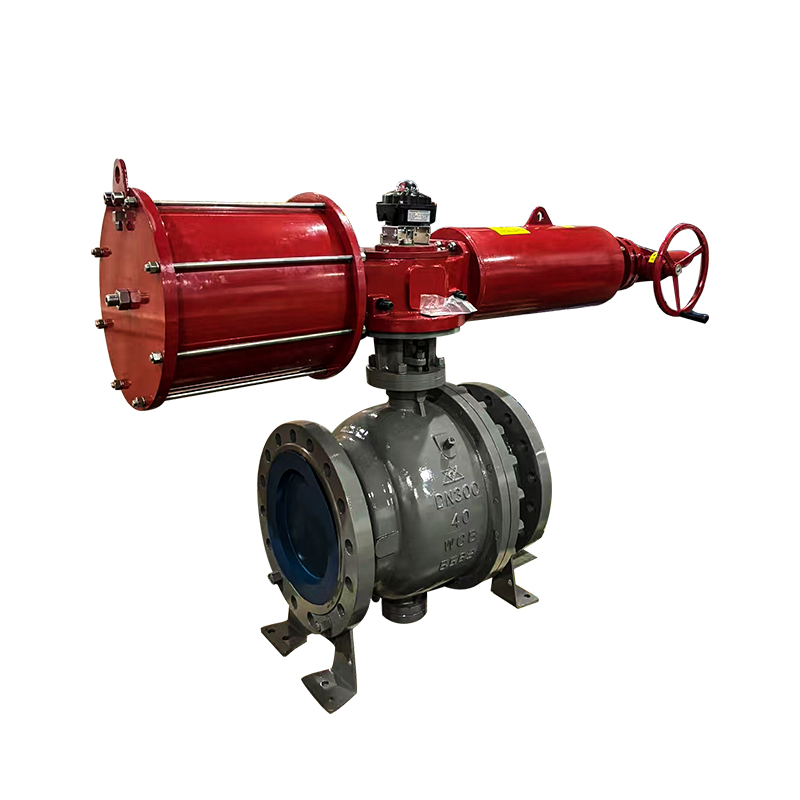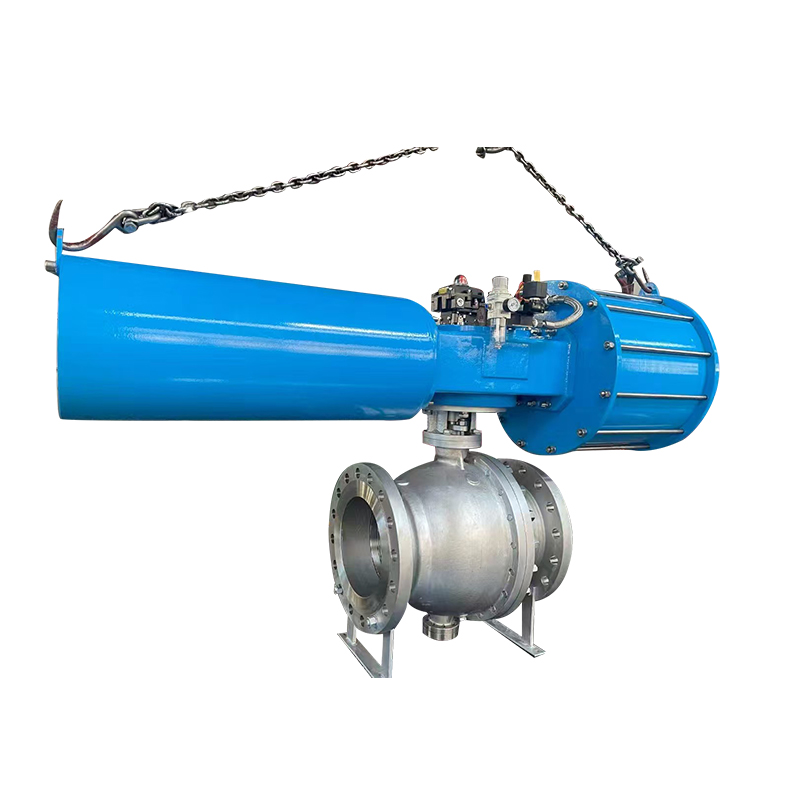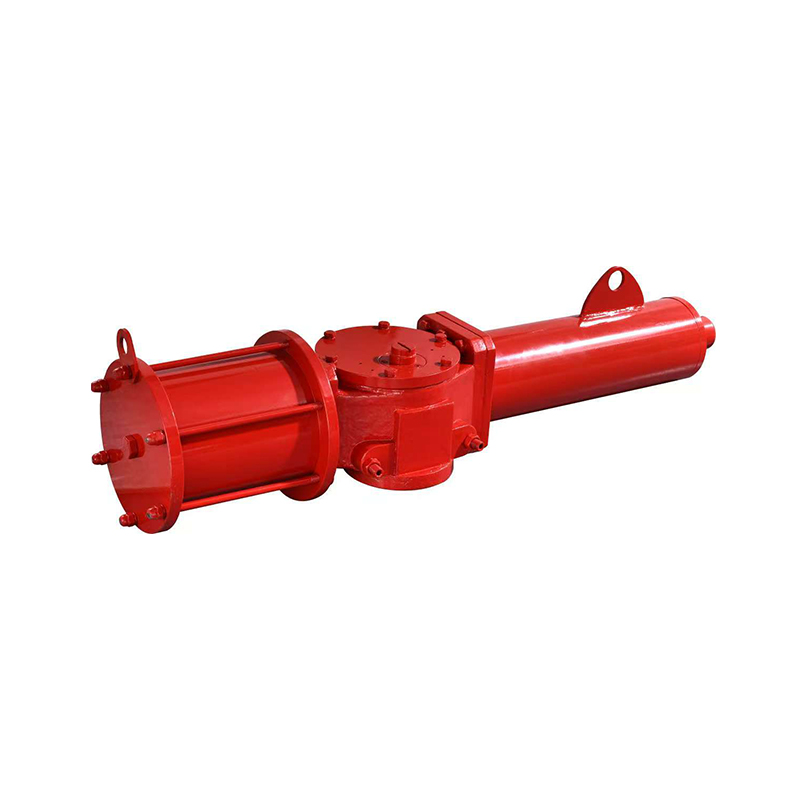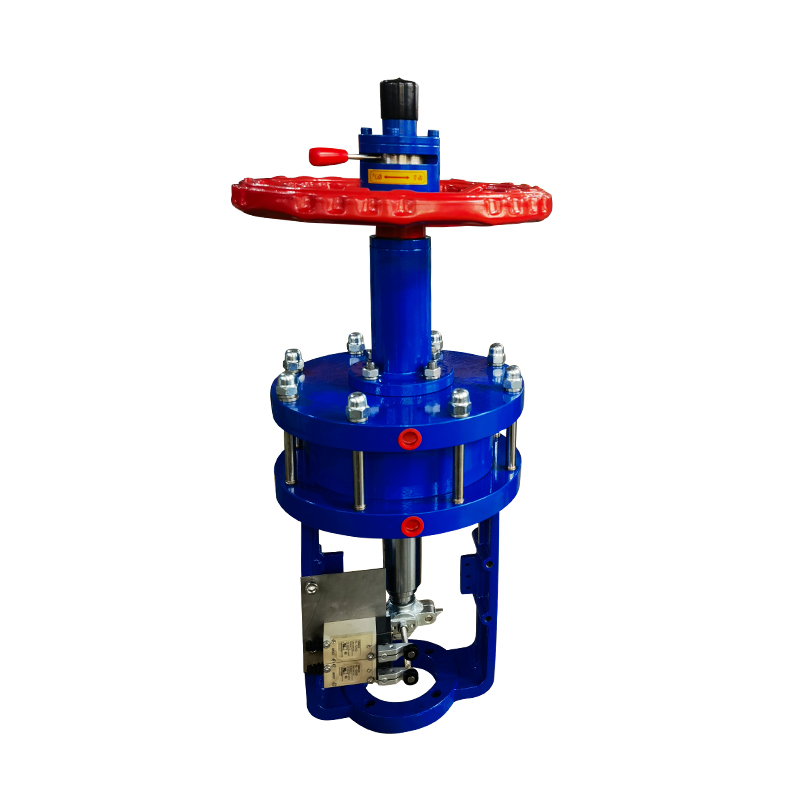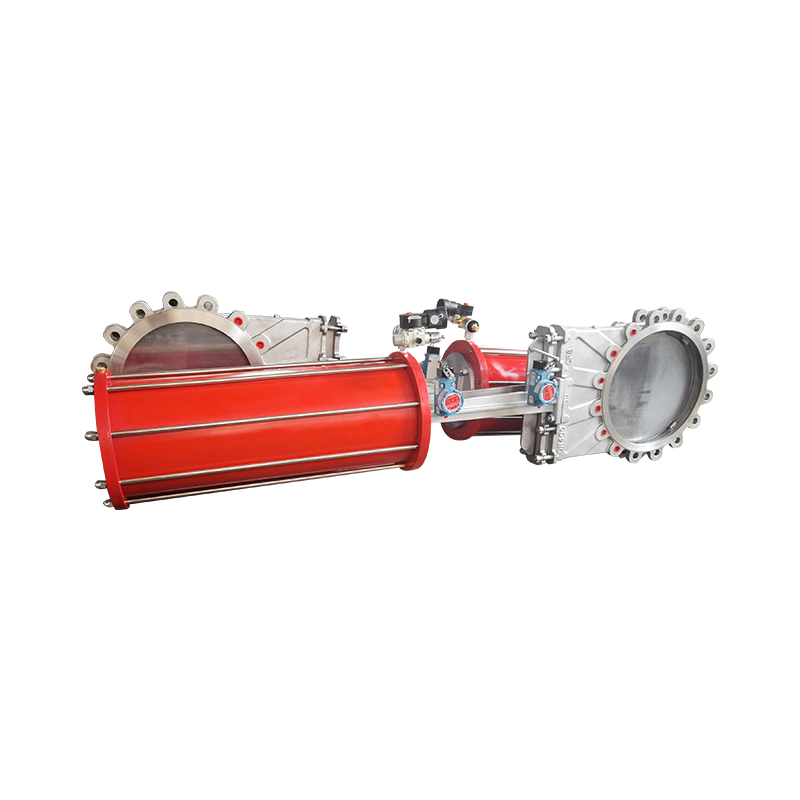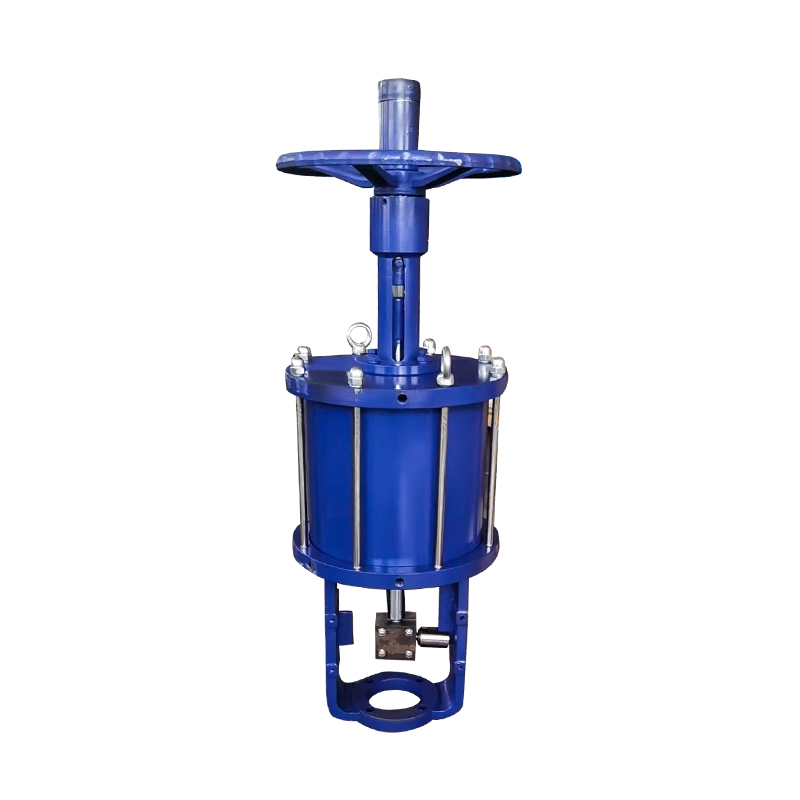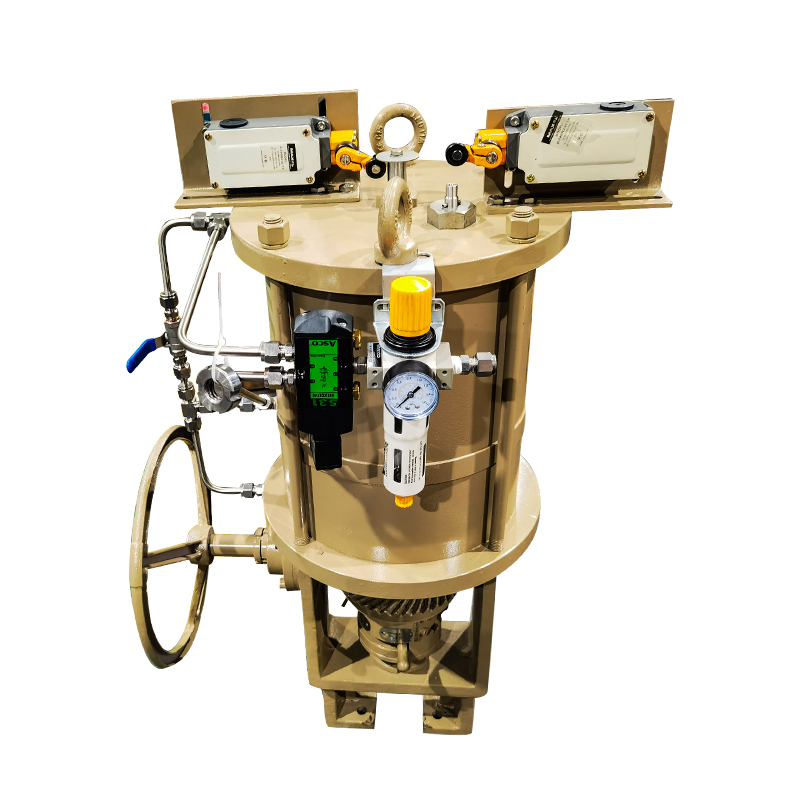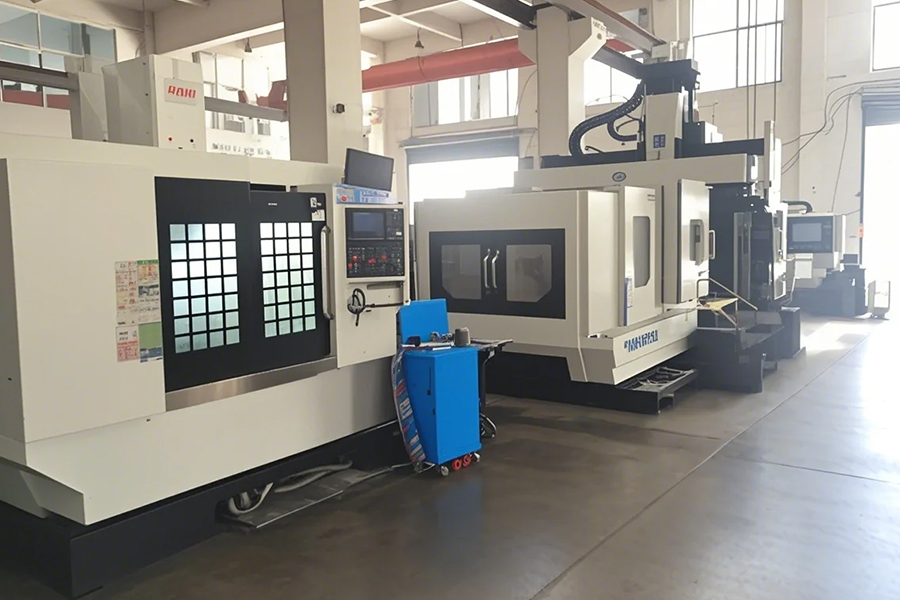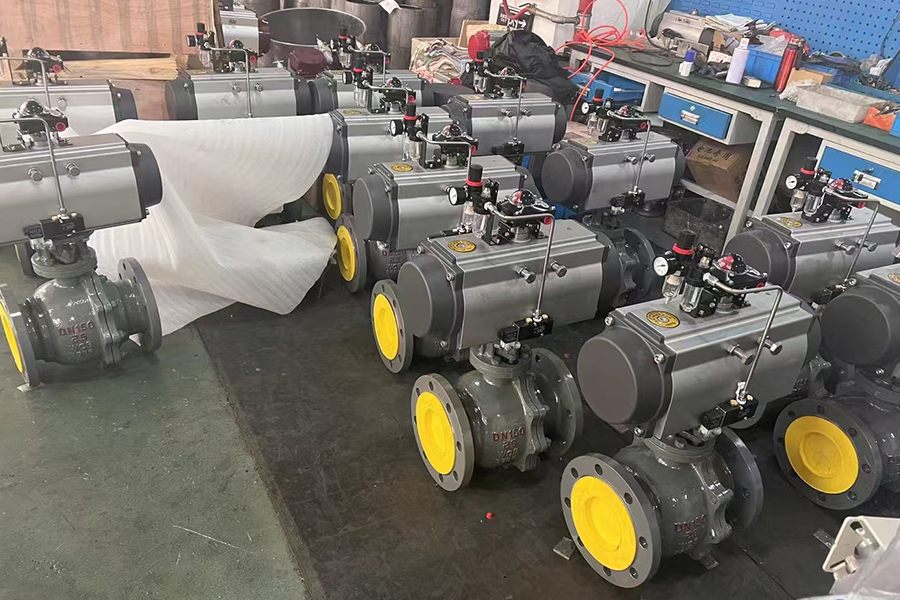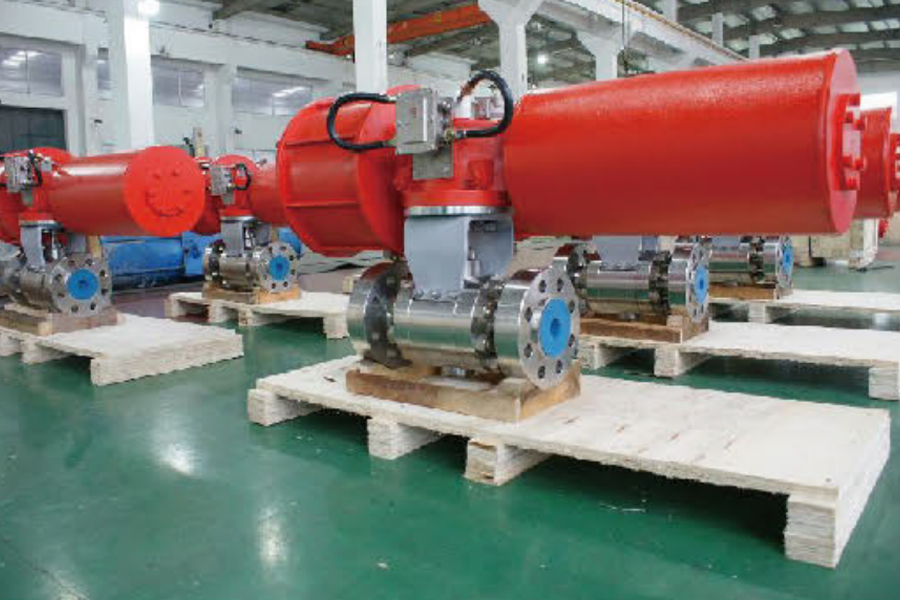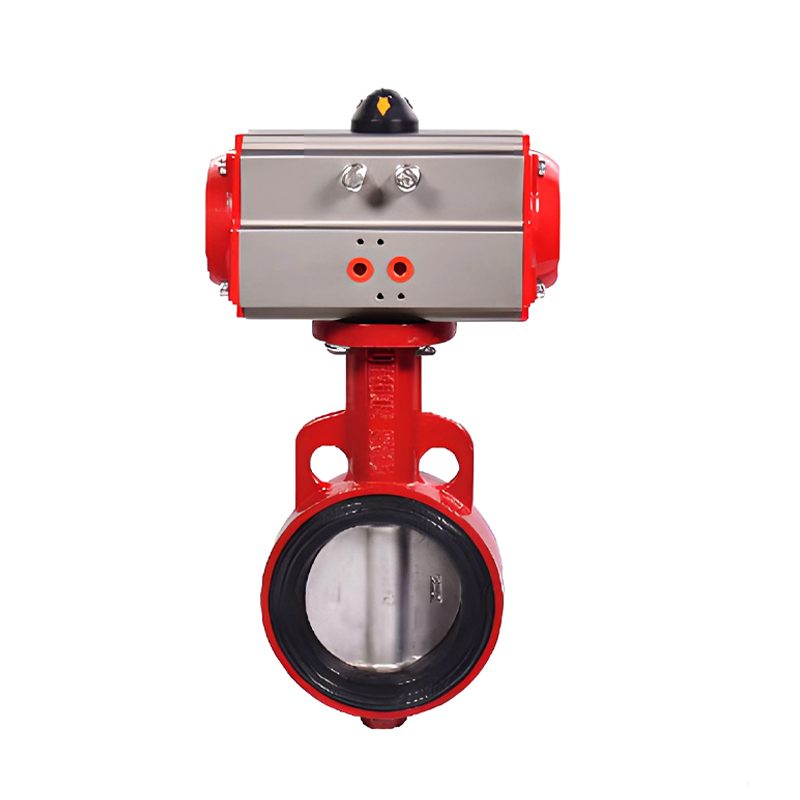
Pneumatic butterfly valves are widely used in industrial applications for controlling fluid flow efficiently. These valves are operated by compressed air, which allows for fast and automated operation. One common question in system upgrades or retrofitting is whether Pneumatic Butterfly Valve Manufacturers can provide valves that are compatible with existing pipelines.
Standard Sizing and Flange Compatibility
Compatibility starts with standard dimensions. pneumatic butterfly valves are designed according to widely recognized standards such as ANSI, DIN, or ISO. These standards ensure that valve dimensions, bolt patterns, and flange sizes align with common piping systems.
Pneumatic Butterfly Valve Manufacturers typically offer valves in multiple standard sizes, making it easier to replace or integrate into existing pipelines. By checking the nominal diameter, flange type, and pressure rating, engineers can select a valve that fits without requiring extensive modifications.
Pressure Ratings and Material Matching
Existing pipelines often operate under specific pressure and temperature conditions. A compatible pneumatic butterfly valve must match these parameters to avoid leaks or operational issues. Materials for the body, disc, and seat should also be chosen with the fluid type in mind—water, oil, gas, or chemical solutions each have different requirements.
Manufacturers provide information on pressure classes, such as Class 150 or Class 300, which helps ensure the valve can handle system pressures safely. Pneumatic Butterfly Valve Manufacturers may also recommend materials like stainless steel, ductile iron, or PTFE seats to match the pipeline environment, enhancing durability and performance.
Automation and Actuator Considerations
Pneumatic butterfly valves rely on actuators for operation. When integrating with an existing pipeline, the type of actuator and its mounting must be compatible with space constraints and control systems. Many Pneumatic Butterfly Valve Manufacturers offer standardized actuator interfaces or provide retrofitting kits to align with different setups.
Additionally, actuator control—such as single-acting or double-acting pneumatic systems—must match the plant's control infrastructure. Proper alignment of actuator size and torque capacity is essential to ensure smooth valve operation and prevent damage to the pipeline or valve components.
Installation and Retrofitting
Installing a pneumatic butterfly valve in an existing pipeline may require careful planning, even when dimensions match. Flange alignment, gasket selection, and torque specifications are critical to prevent leakage and maintain system integrity.
Pneumatic Butterfly Valve Manufacturers often provide installation guidelines and technical support to ensure proper integration. Some manufacturers can customize valves or actuator setups to accommodate non-standard pipelines or unique plant layouts, making retrofitting simpler and more reliable.
Advantages of Pneumatic Butterfly Valves in Existing Systems
When correctly matched, pneumatic butterfly valves offer several benefits for existing pipelines. They provide fast operation, reliable sealing, and automation capabilities, which can improve overall system efficiency. Their relatively compact design also allows installation in spaces where other valve types may be impractical.
Compatibility with existing pipelines means minimal downtime during replacement and easier integration with existing monitoring and control systems. These advantages make pneumatic butterfly valves a practical choice for upgrades or expansions in industrial facilities.
Pneumatic butterfly valves can be compatible with existing pipelines if attention is given to size, flange standards, pressure ratings, material selection, and actuator configuration. Pneumatic Butterfly Valve Manufacturers play a key role in providing guidance, standardized options, and customized solutions to ensure seamless integration. By evaluating pipeline specifications and working closely with manufacturers, engineers can confidently incorporate pneumatic butterfly valves into existing systems, achieving improved automation and flow control without major modifications.








